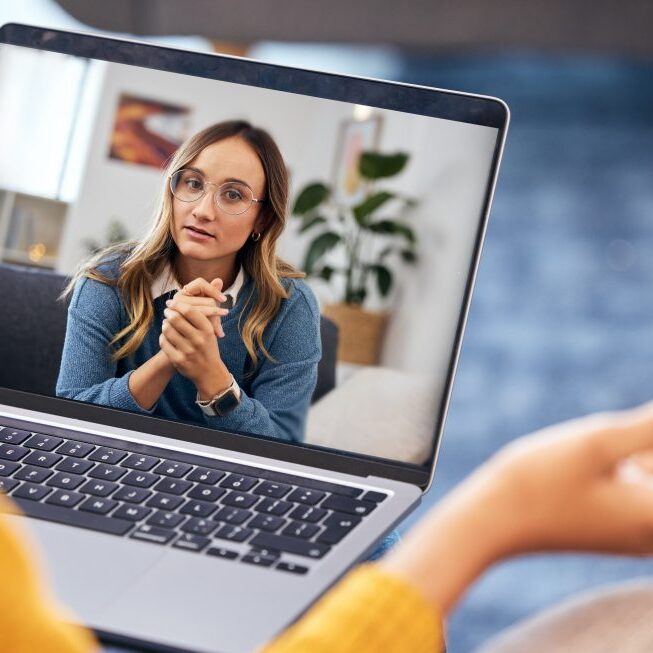One of the biggest questions to ask is: What is the importance of meeting face to face?
In-person therapy isn’t just about exchanging words, it’s also about attunement and attachment. It’s about being physically present with someone who’s fully paying attention to you. That presence alone can create a sense of safety and connection that’s hard to match through a screen. It humanizes the relationship.
Another important question is: How much do we pick up on what others are feeling or thinking from body language, tone, and small cues?
These are things we often don’t even realize we’re noticing. In person, a therapist can see when your shoulders tense or when your eyes tear up slightly. They can offer a calming tone or even just sit with you in silence. Online, these moments can be harder to catch—or might get missed altogether due to lag, screen size, or camera angles.
From a psychodynamic perspective, we might ask: How do our early relationships shape the way we relate to people now, including our therapist?
Often, we unconsciously repeat patterns from past relationships. Being physically in the same space with a therapist can bring out those patterns more clearly. This may include trust, fear, avoidance, anger, anxiety or sadness. The therapist can then help us understand these reactions as part of our emotional history. In virtual therapy, some of those subtle dynamics might not surface in the same way, which might be harder to notice and therefore make effective therapy take longer.
From a mentalization-based point of view, we could ask: How do we learn to understand our own and other people’s thoughts and feelings?
For people who’ve had difficult or confusing early relationships, this can be especially challenging. Being in the same room with someone who consistently tries to understand you, and who shows that understanding through both words and body language, can help rebuild that ability. That’s much harder to do when we’re staring into a webcam, sometimes unsure if the other person really sees us and the way we feel.
Also, think about this: How does the physical act of going to therapy shape the experience?
Walking into a therapist’s office, sitting in the same chair each week, knowing that space is just for you—this structure can create a powerful sense of stability. It helps mark therapy as a meaningful part of your life, not just another video call.
So, while virtual therapy can absolutely be helpful, especially when it’s the only or most accessible option, in-person therapy offers a unique kind of emotional depth. It allows for deeper connection, fuller communication, and a greater chance for healing through the relationship itself.

